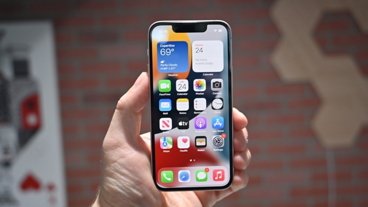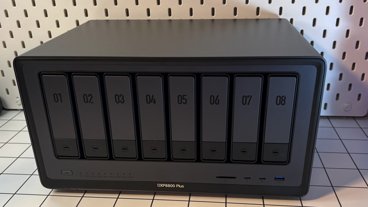Intel releases Core i7 'Clarksfield' mobile processors
The Intel Core i7 Mobile Processor and accompanying "Extreme Edition" were unveiled this week at the Intel Developer Forum 2009. The quad-core processors, formerly code named Clarksfield, are said to offer better performance on highly threaded applications and can accelerate the processor clock speed up to 75 percent to match workloads.
"With intelligent features like Intel Turbo Boost Technology, Intel Hyper-Threading Technology and a host of others, Intel has revolutionized the laptop PC processor, delivering performance when you need it, energy efficiency when you don’t," said Dadi Perlmutter, executive vice president and general manager, Intel Architecture Group. "For the first time, mobile users can choose a laptop that delivers Internet-server like speed, right in their laps for the most demanding tasks, from intense gaming to digital video editing and social media applications."
Pricing is $1,054 for the i7-920XM model, $546 for i7-820QM, and $364 for i7-720QM. They debuted alongside the new Intel PM55 Express Chipset. Combined, Intel claims they offer the best laptop experience for gaming, digital media, photos, music, business applications and other multi-threaded tasks.
The processors run at 1.6GHz and 1.73GHz, but each can boost up to 2.8GHz and 3.06GHz, respectively, when necessary. The Extreme Edition i7-92XM runs at 2GHz.
Currently, the MacBook Pro line sports Intel Core 2 Duo processors with speeds from 2.26GHz to 3.06 GHz. The new chips could make their way into future iMac and MacBook Pro designs. However, there has been no evidence to suggest the new chips would show up in any near-term refreshes.
Intel plans to release its dual-core processors code named Arrandale in early 2010. Those chips are said to include two processor cores and graphics under a brand new 32-nanometer technology, and might be an ideal candidate for a future MacBook Pro update.
 Sam Oliver
Sam Oliver


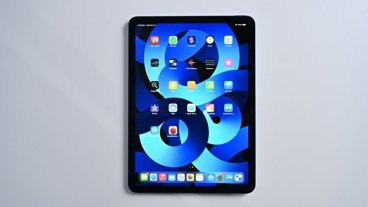


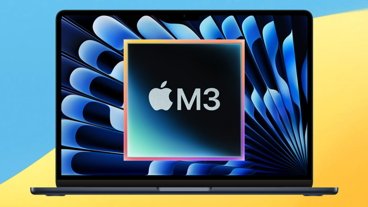
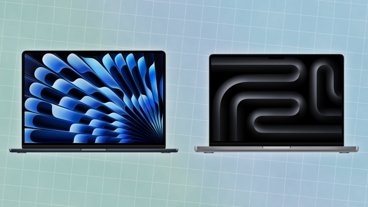

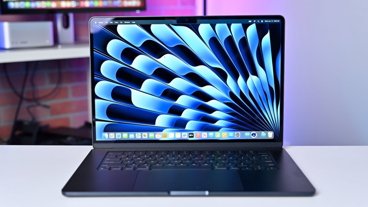

 Andrew Orr
Andrew Orr
 Wesley Hilliard
Wesley Hilliard
 Amber Neely
Amber Neely
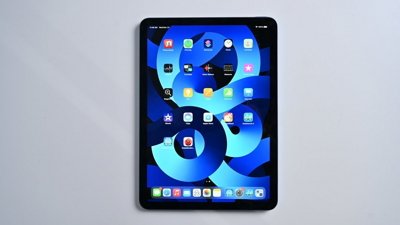
 William Gallagher
William Gallagher
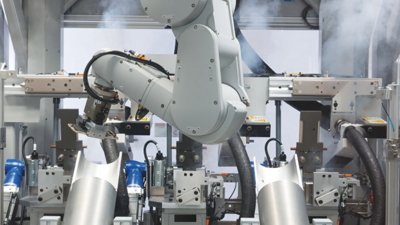
 Malcolm Owen
Malcolm Owen



